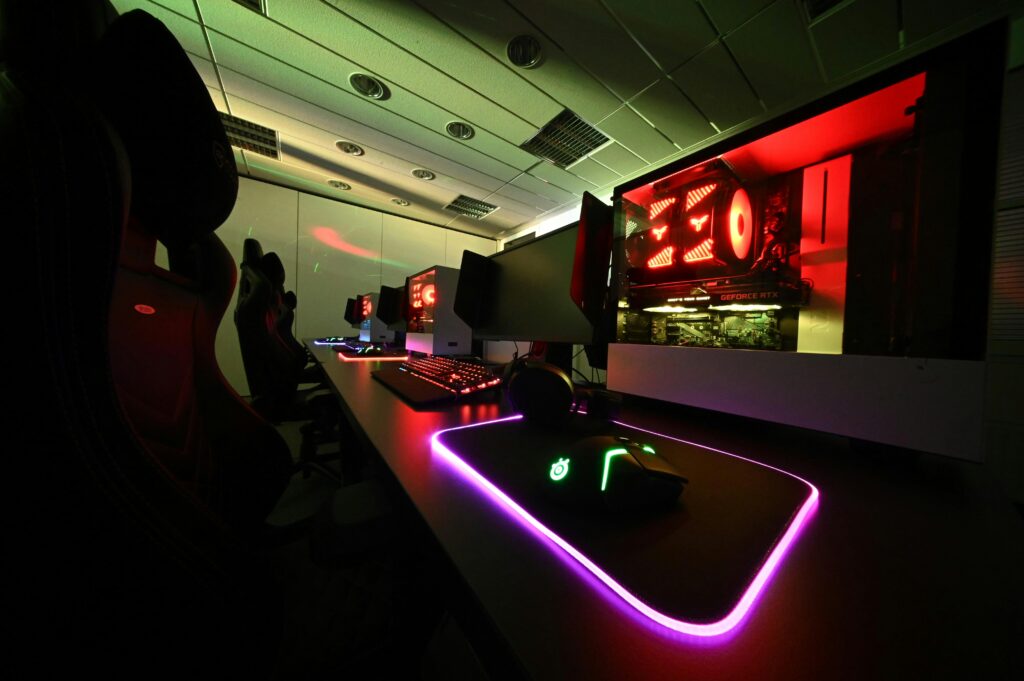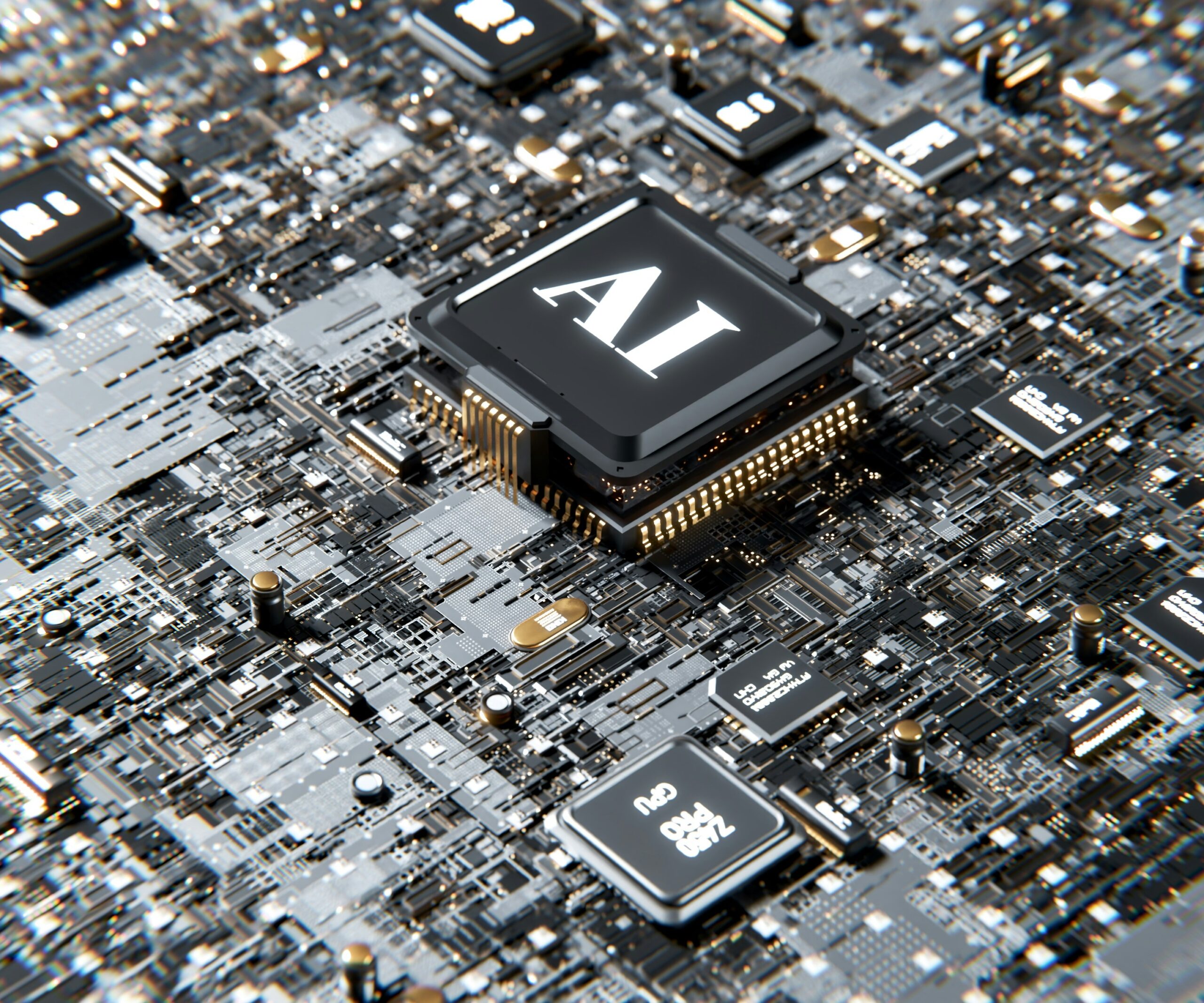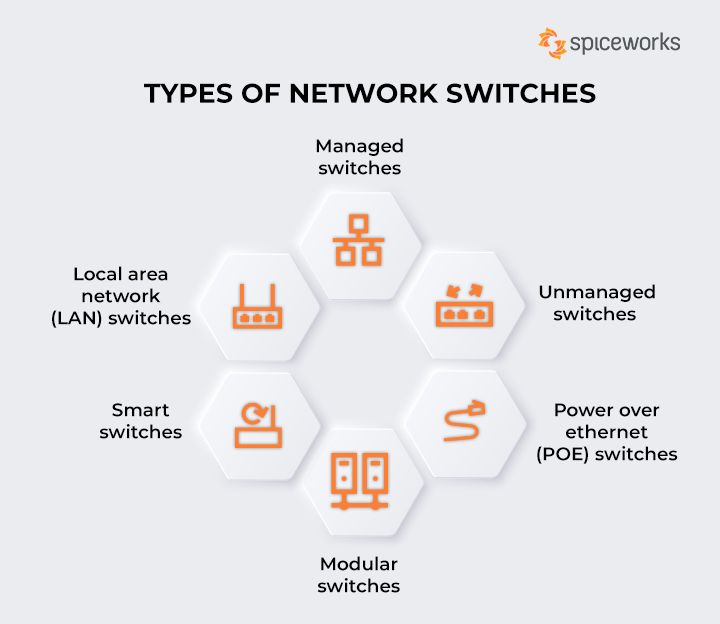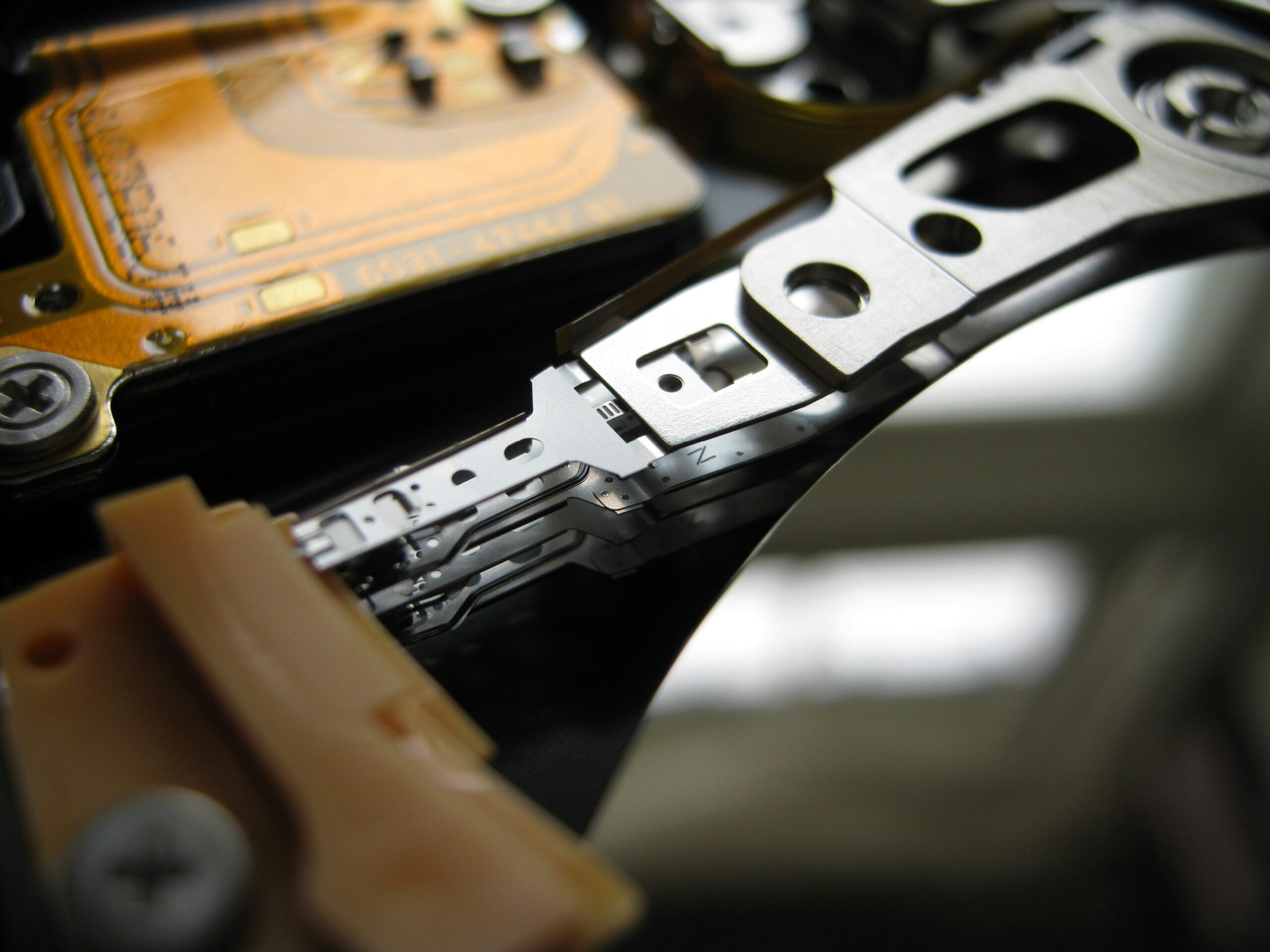Picture a modern workspace where the hum of technology fades into silence, enhancing concentration and creativity. This isn’t a distant dream but a reality with the innovation of silent PCs. As one of the fastest-growing segments in the computing industry, these machines promise a transformative user experience.
The journey of silent PCs began with the need to reduce noise pollution in work and home environments. Today, with advanced engineering, 68% of new-build custom PCs incorporate noise-dampening technology. From fanless cooling systems to solid-state drives, each component is meticulously designed to ensure operational silence, making them highly attractive in a competitive market.

The Rise of Silent PCs
The demand for silent PCs has surged in recent years. As more people work from home, the need for quieter technology has become critical. Noisy fans and hard drives can be very distracting, which increases the appeal of silent PCs.
Several key factors drive this trend. One is the growing concern about noise pollution in our daily environments. Another is the advancement in cooling and storage technologies, which allow for quieter operation.
Companies are now competing to offer the quietest PCs. Innovative designs and improved components make this possible. Users can enjoy a smooth and silent computing experience without any annoying background noise.
This trend is not only limited to personal use. Businesses also see the benefit of a quieter workplace. Silent PCs help maintain a calm and productive office environment, further boosting their popularity.
Components of a Silent PC
Building a silent PC involves choosing components that operate quietly. The main components play crucial roles in keeping noise levels low. Let’s dive into the key parts that make this possible.
Fans and Cooling Systems
Traditional PCs use fans that can be quite noisy. Silent PCs often employ fanless cooling systems or specially designed quiet fans. These innovations help in reducing noise significantly.
Another popular option is liquid cooling. This method is almost silent compared to traditional air cooling. It’s highly effective for keeping the PC cool without adding noise.
Additionally, heat sinks play a role in dissipating heat quietly. By using larger and more efficient heat sinks, PCs can stay cool with minimal noise. This keeps the PC functioning smoothly without disturbing the user.
Storage Solutions
Hard drives are another source of noise in traditional PCs. Silent PCs typically use solid-state drives (SSDs) instead. SSDs have no moving parts, making them completely silent.
Besides being quiet, SSDs offer faster data access. This improves overall performance. They’re also more reliable, as they are less prone to mechanical failure.
Additionally, newer technologies like NVMe drives offer even better performance. These drives are faster and just as silent, making them an ideal choice for silent PCs. They ensure users enjoy a quick and quiet experience.
Power Supply Units (PSUs)
The power supply unit is another component that can create noise. Silent PCs use specifically designed quiet or fanless PSUs. These units operate with minimal or no fan noise.
Some high-efficiency models use passive cooling solutions. These models can run without fans by using larger heatsinks. This design offers silent operation while maintaining performance.
Additionally, modular PSUs can reduce clutter. By allowing users to connect only the cables they need, they improve airflow. This can also contribute to a quieter system overall.
Building a Silent PC: A Step-by-Step Guide
Building a silent PC requires careful planning and the right components. First, choose a quiet case designed with noise-dampening features. Look for cases that come with soundproofing material and silent fans.
Next, select a fanless or quiet power supply unit (PSU). Fanless PSUs offer zero noise. Ensure the PSU can handle the power requirements of all your components.
For cooling, consider liquid cooling systems or large heat sinks. These methods are effective and silent. Installing a fan controller can also help manage fan speeds to reduce noise.
Finally, use solid-state drives (SSDs) for storage. SSDs are preferable over traditional hard drives as they have no moving parts. This makes them silent and faster, enhancing your PC’s overall performance.
Marketing and Selling Silent PCs
Marketing silent PCs effectively requires understanding your audience’s needs. Many consumers look for a quiet, efficient, and high-performance PC for their home or work use. Highlighting these benefits can attract potential buyers.
To boost sales, use targeted digital marketing strategies. Social media platforms and online ads can help reach tech enthusiasts. Collaborating with influencers or tech reviewers can also give credibility to your products.
Providing comprehensive product details is crucial. Include specifications, noise levels, and benefits clearly on your website. Offering customer testimonials and video reviews can further build trust.
Competitive pricing is also essential in attracting buyers. Offering promotions and bundle deals can make your PCs more appealing. Ensure your pricing reflects the value and uniqueness of silent PCs.
Lastly, ensure excellent customer support. A responsive support team can improve customer satisfaction. Happy customers are more likely to recommend your silent PCs to others.
Future Trends in Silent PC Technology
Silent PC technology is constantly evolving. One major trend is the development of fanless designs. Advances in cooling methods and materials make this possible, eliminating fan noise entirely.
Increased use of solid-state drives (SSDs) will continue. As SSDs become more affordable, they will replace traditional hard drives. This shift contributes greatly to silent operation.
Additionally, power supply units (PSUs) are becoming quieter. Future models will likely feature improved passive cooling and energy efficiency. This ensures both silent operation and lower electricity consumption.
Enhanced soundproofing materials are also a focus. These materials can be integrated into PC cases to dampen noise. They are lightweight, effective, and improve the user experience.
Looking ahead, integration with artificial intelligence (AI) is possible. AI can optimize cooling systems based on usage patterns. This can further reduce noise by adjusting settings dynamically.
Overall, the future looks bright for silent PCs. As technology advances, users will enjoy quieter and more efficient computing experiences. This makes silent PCs more appealing to both consumers and businesses alike.
Frequently Asked Questions
Interested in silent PCs? Here are some frequently asked questions to help you better understand the components, benefits, and how to build them.
1. What makes a PC silent?
A silent PC uses components designed to minimize noise. Key elements include fanless cooling systems, solid-state drives (SSDs), and specially designed quiet fans. These parts work together to reduce operational noise significantly.
Additionally, soundproofed cases further dampen any remaining noise. This combination creates a more peaceful computing environment, ideal for both work and leisure. Silent PCs ensure that users experience fewer distractions from constant background sounds.
2. Is it more expensive to build a silent PC?
Building a silent PC can be more costly than building a standard one due to specialized components. High-quality fanless cooling systems, SSDs, and soundproofed cases typically come at a premium price.
However, the investment pays off with enhanced user comfort and performance. The reduced noise levels can lead to increased productivity and enjoyment. Many users find the additional cost worthwhile for the benefits they gain.
3. Are there any performance trade-offs with silent PCs?
Silent PCs often perform just as well as their noisier counterparts if built correctly. Advanced technologies like liquid cooling offer efficient thermal management without compromising performance.
The use of high-performance SSDs ensures quick data access speeds too. By carefully selecting quality components, it’s possible to achieve both silence and superior performance in a single system.
4. How can I market silent PCs effectively?
To market silent PCs effectively, highlight their key benefits such as reduced noise levels and high efficiency. Use targeted digital marketing strategies including social media ads and influencer collaborations.
Create engaging content showcasing real-life applications of your silent PCs in various environments like home offices or gaming setups. Customer testimonials can also build trust and attract new buyers by demonstrating satisfaction and impact on everyday life.
5. What future trends should we expect in silent PC technology?
The future of silent PC technology looks promising with ongoing advancements in component design. Expect an increase in fanless designs thanks to improved cooling methods and materials.
The widespread adoption of SSDs will continue due to their dropping prices and enhanced performance capabilities. Additionally, AI integration may optimize cooling systems dynamically based on usage patterns for even quieter operations in the near future.
Conclusion
Creating and selling silent PCs presents a unique opportunity in the tech market. By focusing on noise-reducing components, targeted marketing strategies, and excellent customer service, businesses can meet the growing demand for quieter technology. These PCs not only enhance user comfort but also contribute to a more productive environment.
As technology evolves, the silent PC landscape will continue to innovate and improve. Embracing these advancements ensures that consumers enjoy a seamless, quiet computing experience. Businesses that adapt to these trends will find themselves at the forefront of this exciting market.





Leave a Reply
You must be logged in to post a comment.